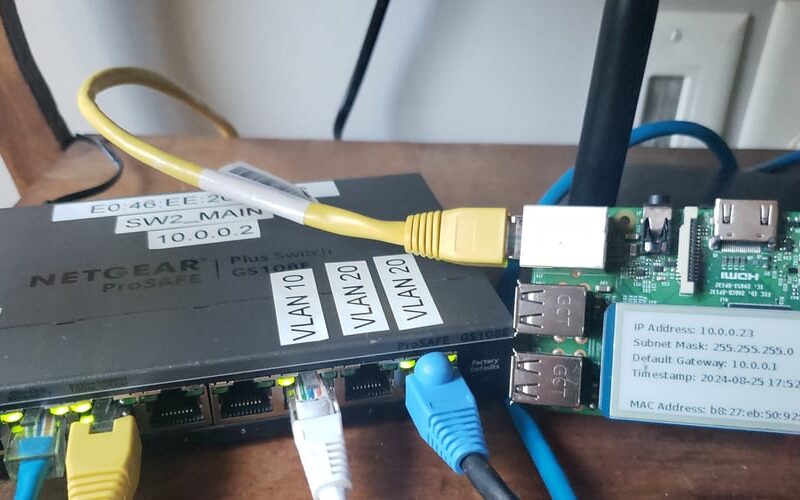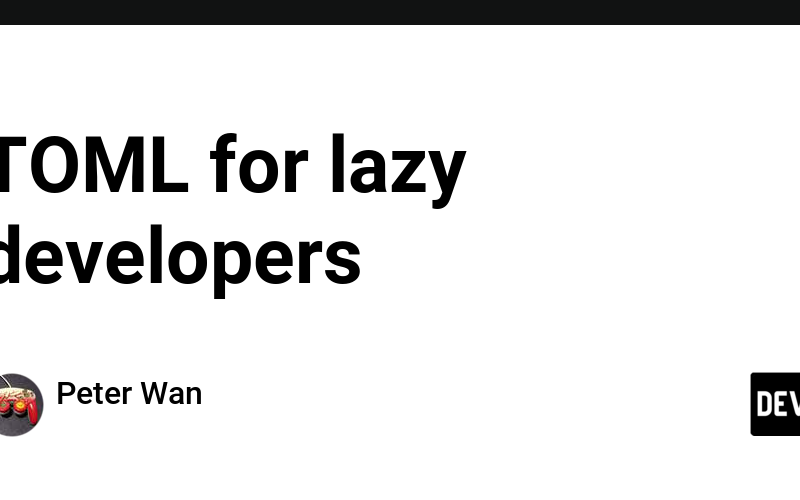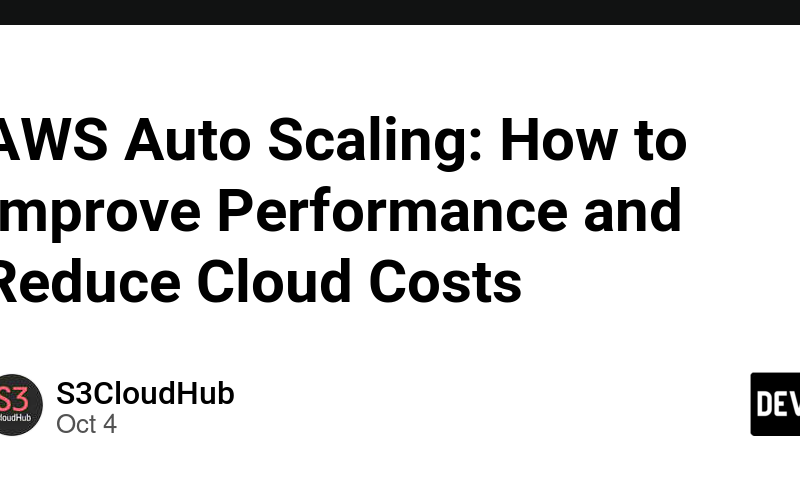05
Oct
Hey there DEV.to community! This is a part of my data structures and algorithms series. In this article, we will implement a singly linked list then in the next articles from this series I will implement other kinds of linked lists as well using Go. Image source: GeeksforGeeks To implement a singly linked list we need to structures, a node and a singly linked list itself. But before beginning to code here is how I like to organize my code: project ├── singly_linked_list │ ├── node.go │ └── list.go └── main.go Enter fullscreen mode Exit fullscreen mode A node only…










